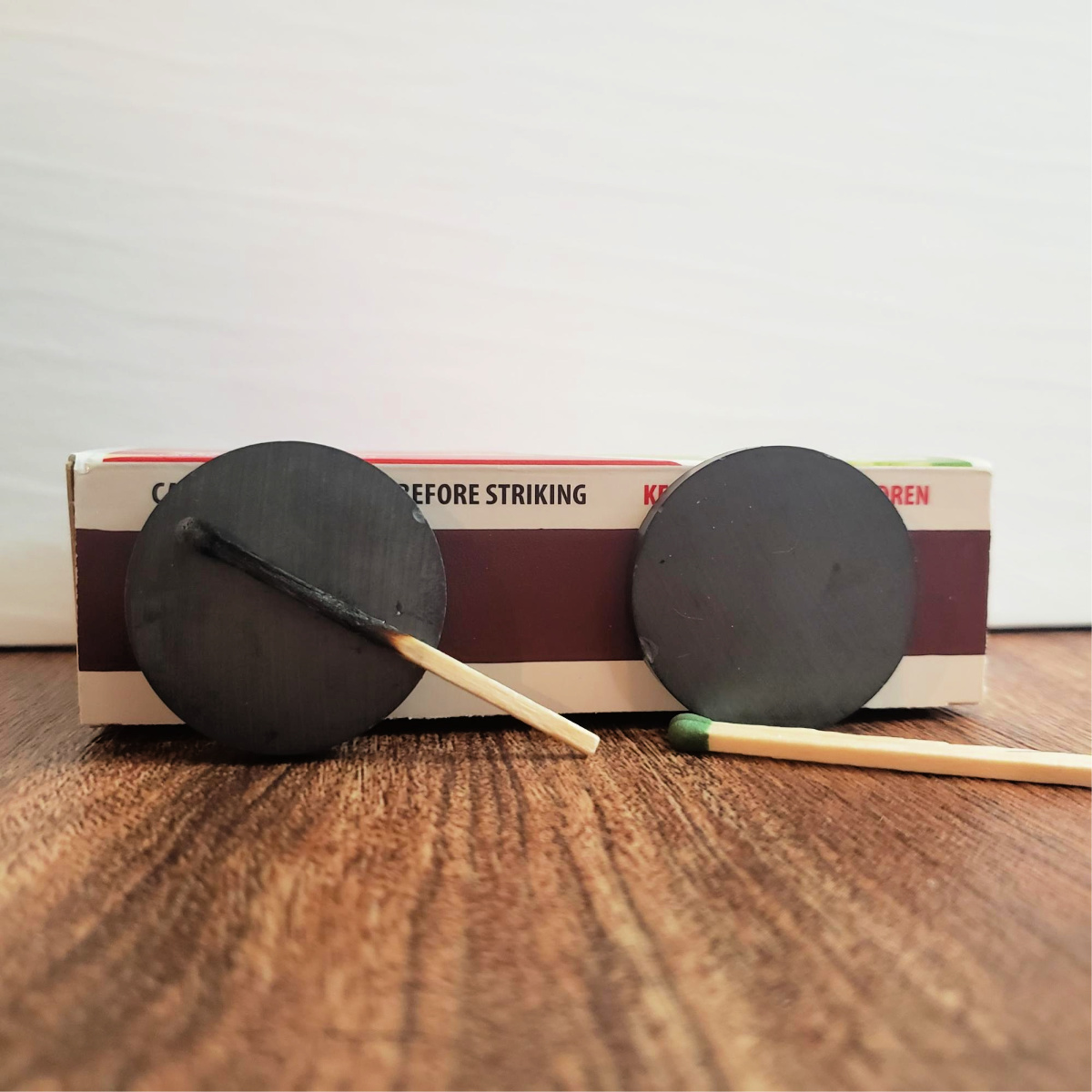This activity, an invitation to experiment with magnetism, is designed for middle schoolers, ages 13–15 years old, and is part of a set of six activities for children and teens about Exploring Magnetism.
I have a certification to teach students from Early Childhood through 6th Grade, so we are now out of my comfort zone and area of expertise. However, I do have some nieces and nephews that are close to this age, so I am still aware of what is cool! (SOMETIMES!)
Materials for Experiments with Magnetism
Materials you will need:
Neodymium magnets
YouTube
Iron coins
Apple
Chopsticks
Soda cans (full of soda)
Small magnet
Nail
Candle
Matches
Something to hold the nail above the candle
Fire extinguisher (just in case)
Plate
I know your child probably has access to YouTube if they are this age, BUT they often forget that YOU have access to it, TOO! Use this to your advantage.
First, watch this video WITHOUT THEM and gather the supplies to demonstrate these unforgettable experiments.
From the description of the video:
“In this video I show you 6 experiments with magnets:
“Apples and magnet. For this experiment you need to build suspension from chopsticks. Put 2 apples at opposite ends of the stick and after that bring a magnet very close (you need a very strong magnet. I’ve been trying different apple varieties and this one shows the best reaction to magnet.
“Iron coins and big magnets. Сoins are standing vertically one on another if there is a strong magnet at some height above them.
“Line from coins. Powerful magnets can hold a lot of coins, if they cling consistently.
“Neodymium magnet and a high temperature. After heating, the neodymium magnet completely lost its magnetic properties.
“Magnet and burnt matches. After burning matches’ head does react with a magnet. Iron oxide is allocated in the heads of matches after combustion.
“Old monitor and magnet. If you bring a magnet close to the monitor, the image begins to distort.”
After you work together to do these demonstrations, then encourage them to do the research to figure out WHY and HOW they happen.
Extending the Learning About Magnetism
If you’re comfortable with it, encourage them to do the experiments on their own to show their friends on social media.
I hope that you and your child have fun together! The next activity in this series is Activity for High Schoolers (15–17 years old).
For a full list of all six activities in this series please click here.
About the Author
Kelly Alston is a kindergarten teacher at the School of Science and Technology—Discovery who has been in love with learning for almost two decades. She has been happily married for almost 11 years and has a super rambunctious almost-eight-year-old daughter who loves science! Kelly herself is extremely extroverted and misses being in crowds of children and people in her classroom or at summer camp, but her introverted husband and daughter have been helping her to find joy in new ways, like making masks for their friends and family in their spare time.
